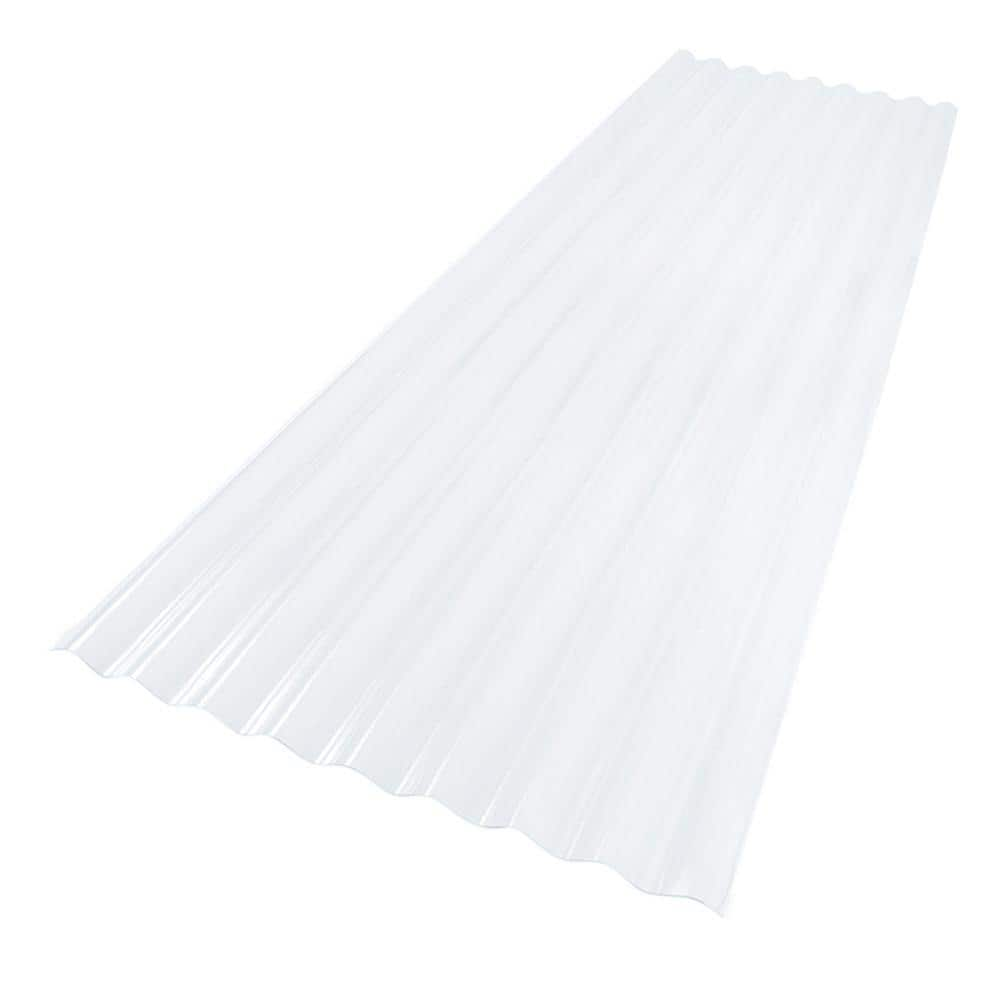I don't know how tight or expansive your building is, but it may be using a power ventilator can get your inside and outside air temperatures close enough that you don't hit the dew point, as well as keep things moving around... just like the car windshield, moving air doesn't tend to condense as readily. It'd be a real easy solution (if it works) that you could transfer to the new garage when the time comes.
Insulating would hinder the heat transfer, but would be tough to re-use, and would be perforated in areas. There's a bunch of sites with formulas for determining building air exchange, as well as sizing ventilators and establishing the square inches of eave--> ridge/gable vent you need to exchange the building naturally in a given time. Where you've got an established problem, I'd err on the high side for CFM's and have a vent blocking plan for winter if you plan to heat the space. Just a thought...
Insulating would hinder the heat transfer, but would be tough to re-use, and would be perforated in areas. There's a bunch of sites with formulas for determining building air exchange, as well as sizing ventilators and establishing the square inches of eave--> ridge/gable vent you need to exchange the building naturally in a given time. Where you've got an established problem, I'd err on the high side for CFM's and have a vent blocking plan for winter if you plan to heat the space. Just a thought...

